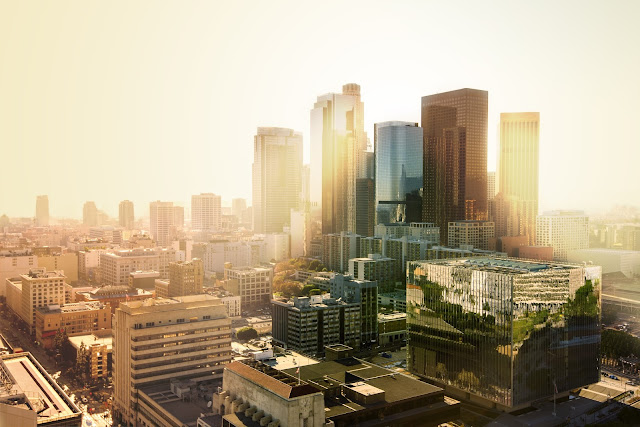 |
The last two years have proven to be immensely eventful for the real estate industry of the country. So far the Government of India has enforced significant implementations like Demonetization, Benami Transaction Act, the Real Estate Regulations and Development Act (RERA), and Goods and Services Tax (GST). These initiatives, when combined together, will magnify the growth of real estate sector in the long run.
Here are a few factors that consolidate towards redefining the real estate industry:
1. Investments of the future:
This ongoing transformation has given rise to investment inflow from both foreign and domestic institutional investors. As per syndicated reports, the Indian property market has received $3.15 billion from various investors in the first half of the current year. The expected launch of Real Estate Investment Trust (REIT) is supposed to act as a transparent process designed to generate funds from a lot of investors. REITs are predicted to act as a catalyst for increase in future real estate investments.
2. Infrastructure development :
India’s booming economy has attracted not only domestic but a manifold of foreign investors too. Since the Government of India liberalized the norms on Foreign Direct Investment (FDI), the construction sector has seen a massive growth in investments from around the world. This has doubled the funding in infrastructure development from ₹9,850 crore per annum. Also, the World Investment Report of 2016 claims an FDI investment of $ 5.7 billion in real estate.
3. Housing sector boom:
The Pradhan Mantri Awaas Yojana initiative by the Prime Minister raised its rural fund allocation from ₹15,000 crore to ₹23,000 crore, to ensure the completion of 10 million home projects by 2017-18. We are now looking at $1.3 trillion housing boom and with the timely implementation of the Goods and Services Tax (GST), there is uniformity in taxation on housing. Implementation if carried out well will ensure that various federal tax barriers are removed and a common market is created helping improve supply chain. To summarize, 60 million new houses and 2 million job opportunities are predicted by only 2018, thus boosting the nation’s overall GDP.
Given the future road map it is pertinent to say that the Indian real estate sector will only emerge stronger, healthier and is poised for sustained growth. These initiatives are stepping stones for the overall development which will redefine the real estate sector.











